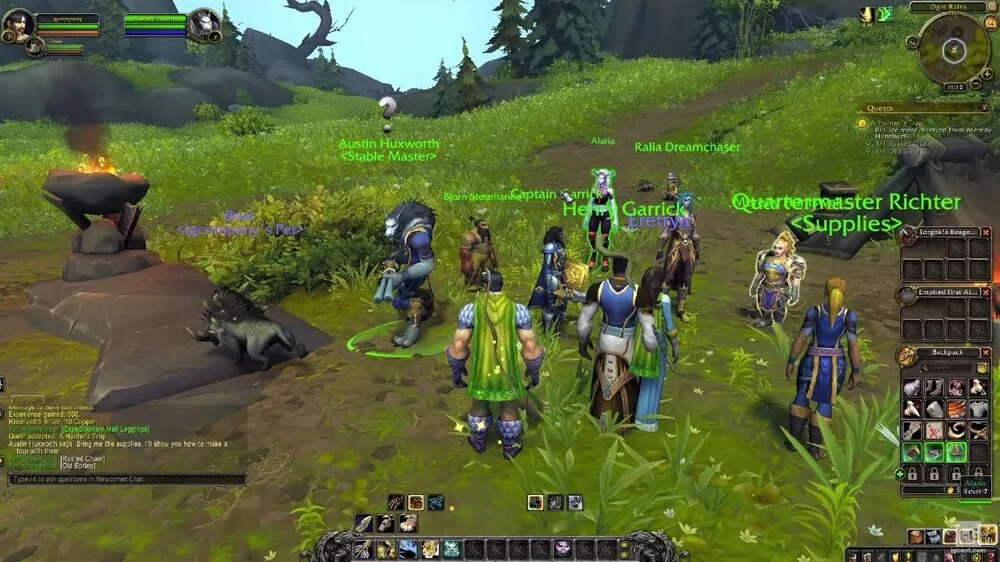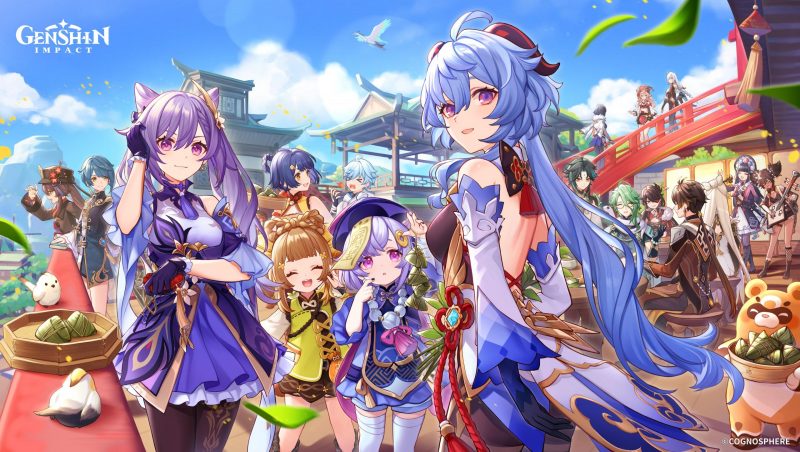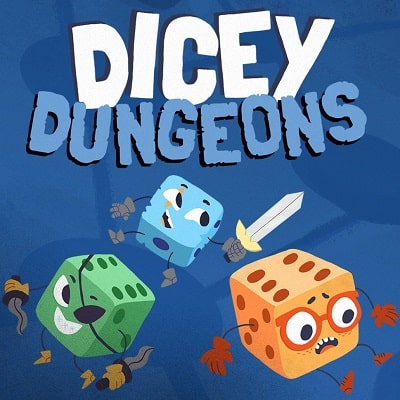The Epic Saga of World of Warcraft: A Comprehensive Series Review

Since its inception, the World of Warcraft (WoW) series has been a defining force in the gaming world, captivating millions with its rich lore, expansive world, and dynamic gameplay. From the strategic depths of “Warcraft: Orcs & Humans” to the vast, communal landscapes of “World of Warcraft,” this series has evolved significantly, becoming a benchmark for the MMORPG genre. This review delves into the journey of WoW, exploring its origins, gameplay, and the community that has grown around it.
The Beginnings
The Warcraft series began with “Warcraft: Orcs & Humans,” a real-time strategy game released in 1994, setting the stage for a conflict that would become central to its lore. Its sequel, “Warcraft II: Tides of Darkness,” expanded on this foundation, offering enhanced gameplay, multiplayer features, and a more developed story. These early games laid the groundwork for the rich narrative and expansive world that players continue to explore.
Transition to Massively Multiplayer Online (MMO)
The release of “World of Warcraft” in 2004 marked a pivotal shift for the franchise, transitioning from strategy-based gameplay to an immersive MMORPG. This transition opened Azeroth to gamers worldwide, offering an unprecedented level of interaction. Through its major expansions, from “The Burning Crusade” to “Shadowlands,” WoW has continually evolved, adding new continents, races, and gameplay mechanics.
Gameplay Mechanics
WoW’s gameplay mechanics have been honed over the years to balance complexity and accessibility. Character creation and progression are central to the player experience, allowing for a high degree of customization. Questing, alongside participating in raids and dungeons, is fundamental to advancing in the game, providing both solo and cooperative challenges.
The World of Azeroth
Azeroth, the setting of WoW, is a character in its own right. Its vast continents, from the frozen wastes of Northrend to the shattered realms of Outland, are a testament to the game’s expansive lore. Faction lore, particularly the Alliance and Horde, plays a crucial role, driving much of the game’s narrative and player allegiance.

Sound and Music
The sound and music of WoW are integral to its immersive experience. The series’ soundtrack, composed by talents like Jason Hayes and Russell Brower, has become iconic, enhancing the atmosphere of each in-game region and event. Sound effects, from the clash of swords to the ambient sounds of bustling cities, further draw players into the world.
Community and Social Aspects
The community aspect of WoW is unparalleled. Guilds, friendships, and rivalries formed within the game have created a rich social fabric. World events and player interactions, from holiday celebrations to PvP battles, have fostered a sense of belonging and competition, making WoW much more than just a game.
The Future of World of Warcraft
As WoW continues to evolve, its future looks promising. Upcoming expansions and updates promise to expand the lore and gameplay further. The legacy of WoW is not just its past achievements but its ongoing influence on gaming culture and its ability to adapt and thrive in a changing digital landscape.
Conclusion
World of Warcraft is more than a game series; it’s a vast, living world that has grown and evolved with its community. From its strategic beginnings to the sprawling MMORPG it has become, WoW has set the standard for immersive gaming experiences. As it moves forward, the saga of Azeroth continues to be an epic tale of adventure, camaraderie, and endless exploration.




